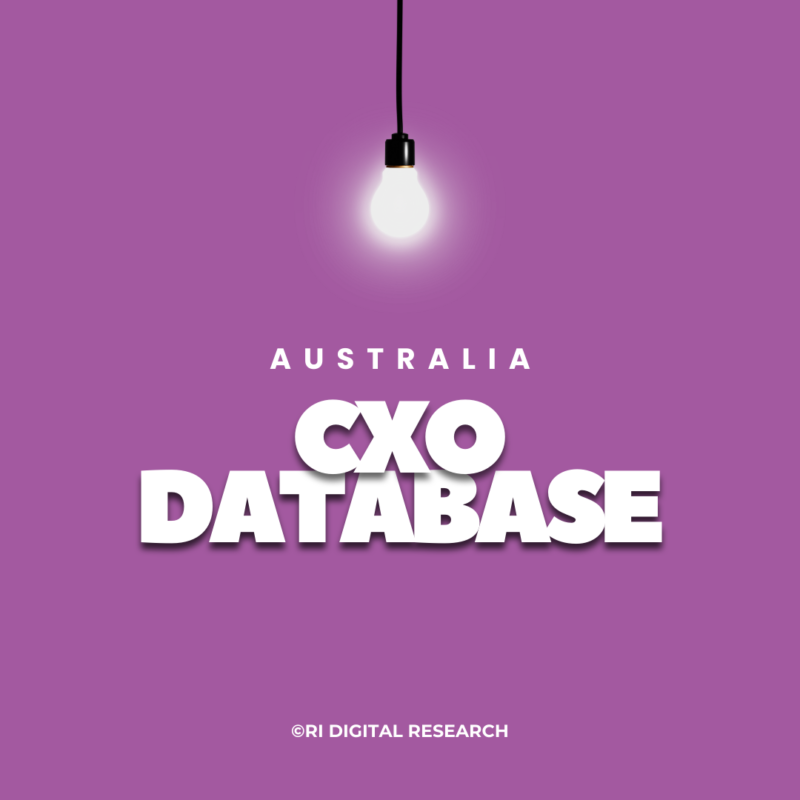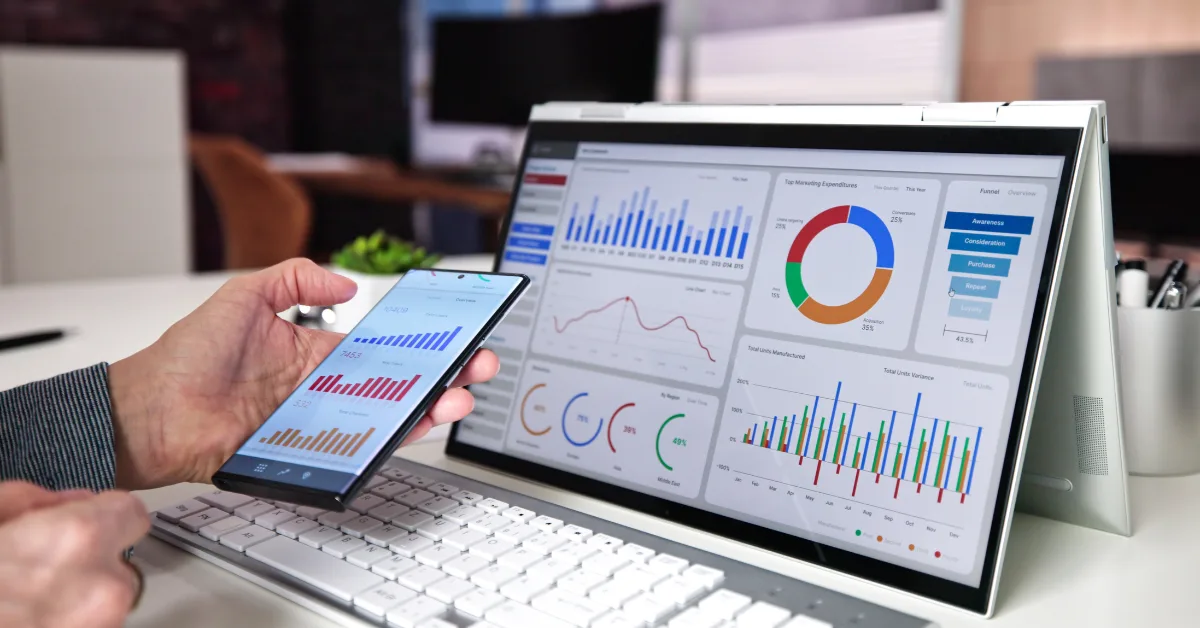Did you know that over 328 million terabytes of data are created every day? It’s no wonder that the ability to mine and analyze this data effectively is now one of the most critical skills in digital research. At RI Digital Research, we navigate this vast ocean of information daily, transforming raw data into actionable strategies for clients across industries. In this post, I’ll walk you through the data mining analysis techniques we’ve refined over time to deliver high-impact results.
Why Advanced Data Mining Matters More Than Ever
With the explosion of data from IoT devices, digital platforms, and real-time analytics, basic methods just don’t cut it anymore. Our clients come to us with complex challenges—like understanding shifting consumer sentiment in real time or identifying emerging market trends before competitors do. Solving these problems requires more than just software; it demands a sharp analytical approach and the right toolkit.
Our Core Data Mining Analysis Techniques
Here’s a behind-the-scenes look at the core techniques we use at RI Digital Research:
1. Predictive Modeling
We use predictive modeling to forecast future behaviors based on historical data. Whether it’s churn prediction for a telecom client or demand forecasting for an eCommerce platform, our models combine machine learning algorithms with domain expertise.
Real example: For one major retail client, our predictive model reduced inventory overstock by 28% in just three months.
2. Natural Language Processing (NLP)
We analyze unstructured data from social media, forums, and customer reviews using NLP to uncover sentiment, recurring themes, and emerging topics.
Tool highlight: We frequently use tools like SpaCy and Hugging Face’s Transformers to break down language patterns and derive customer sentiment insights.
3. Clustering & Segmentation
Unsupervised learning techniques like k-means and DBSCAN help us group similar data points—perfect for segmenting user behavior or identifying outlier events.
How we apply it: In a recent digital campaign analysis, clustering helped us uncover a previously unseen user segment that accounted for 12% of conversions.
4. Anomaly Detection
Spotting what’s not normal is just as valuable. We use anomaly detection techniques to flag irregular patterns, from fraudulent transactions to sudden shifts in web traffic.
Case in point: A B2B SaaS client avoided a potential system exploit when our anomaly detection model identified unusual login behavior within hours.
Turning Data Into Strategic Intelligence
One thing I’ve learned? Data mining isn’t just about crunching numbers—it’s about storytelling. Each dataset holds a narrative, and it’s our job to extract that story and turn it into strategic intelligence that clients can act on.
Every analysis ends with a clear, visual report that combines data, interpretation, and next steps. We use Python, Tableau, and Power BI to visualize trends, correlations, and insights, making the information accessible and immediately useful.
Final Thoughts: It’s About More Than Tools
Yes, our tech stack is robust. But our real edge lies in how we apply it. The blend of advanced data mining analysis techniques with human intuition and strategic thinking is what sets RI Digital Research apart.
If you’re drowning in data but still thirsty for insight, we’d love to help. Let’s turn your data into decisions that drive impact.







